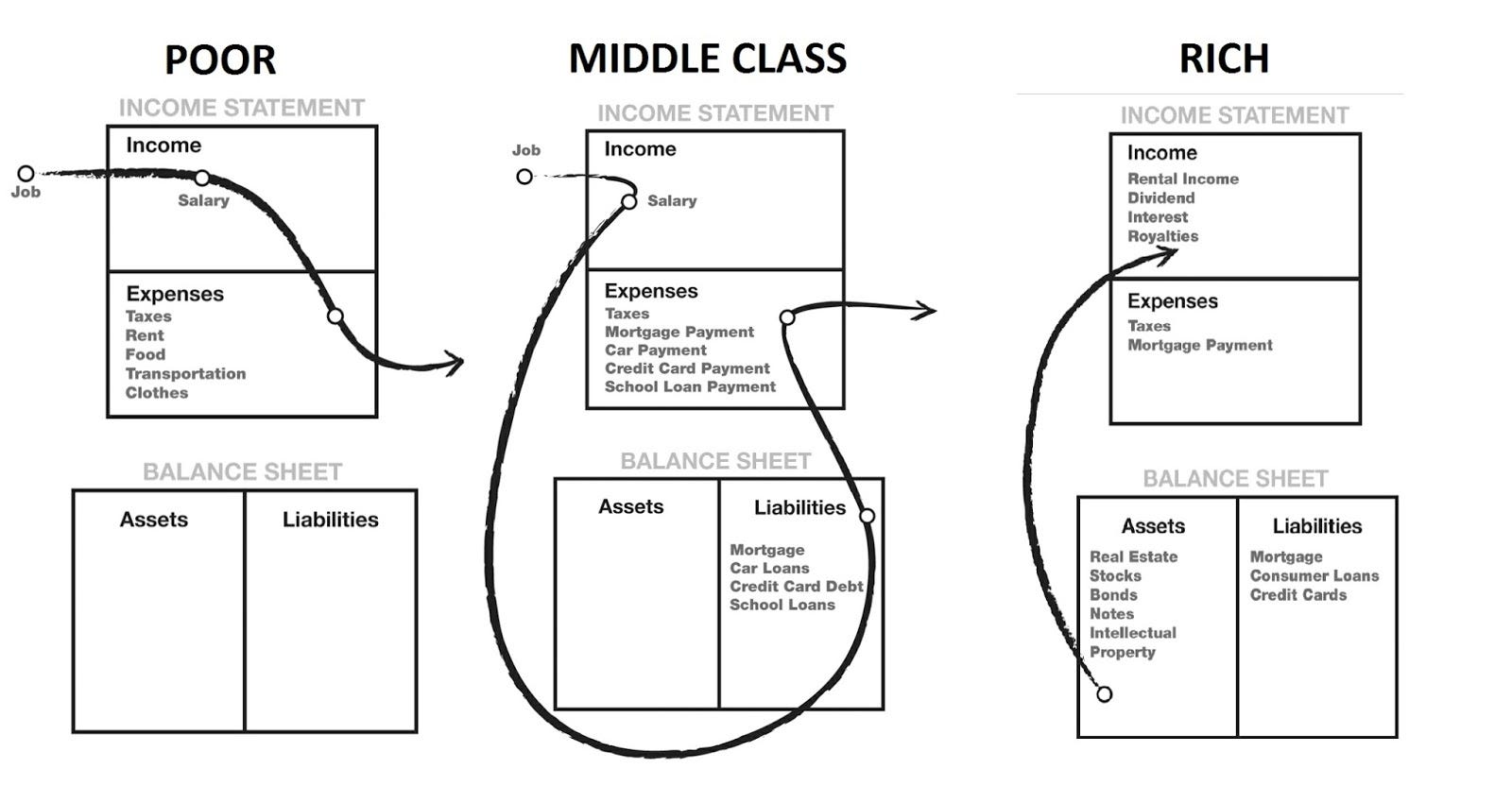Home>Finance>Operating Loss (OL): Definition, How It’s Calculated, And Causes


Finance
Operating Loss (OL): Definition, How It’s Calculated, And Causes
Published: January 3, 2024
Learn about operating loss (OL) and its definition, calculation, and causes. Enhance your understanding of finance with this comprehensive guide.
(Many of the links in this article redirect to a specific reviewed product. Your purchase of these products through affiliate links helps to generate commission for LiveWell, at no extra cost. Learn more)
Understanding Operating Loss (OL)
When it comes to managing finances, understanding key financial concepts is crucial. One such concept is Operating Loss (OL). In this article, we will delve into what Operating Loss is, how it is calculated, and what causes it. So, let’s dive right in!
Key Takeaways:
- Operating Loss (OL) occurs when a company’s operating expenses exceed its revenue.
- It is calculated by subtracting operating expenses from operating revenue.
What is Operating Loss?
Operating Loss, often referred to as an operating deficit, occurs when a company’s operating expenses exceed its operating revenue. In simple terms, it means that a business is spending more money on running its operations than it is making in sales revenue. This situation can arise due to various factors, and understanding its causes is essential for effective financial management.
How is Operating Loss Calculated?
To calculate the Operating Loss, the company needs to subtract its total operating expenses from its total operating revenue. Operating expenses include costs such as employee wages, rent, utilities, raw materials, and other expenses incurred in the day-to-day operations of the business. Operating revenue, on the other hand, includes income generated from the sale of goods or services.
By subtracting the operating expenses from the operating revenue, you arrive at the Operating Loss. The resulting figure represents the financial shortfall a company is experiencing due to its operating expenses exceeding its revenue.
Causes of Operating Loss
Several factors can contribute to Operating Loss in a company. It’s important to identify these causes to address the issue effectively. Here are some common causes:
- Inefficient Cost Management: Ineffective cost control and skyrocketing expenses can lead to Operating Loss. It could be due to poor inventory management, excessive employee wages, or high overhead costs.
- Declining Sales: If a company experiences a significant drop in sales, it can impact its operating revenue and result in an Operating Loss. This decline in sales could be due to shifts in market demand or increased competition.
- Economic Downturn: During economic downturns or recessions, many businesses experience a decline in consumer spending, leading to a decrease in sales revenue and potential Operating Loss.
- Unexpected Expenses: Unexpected costs, such as legal fees, repairs, or regulatory compliance requirements, can weigh heavily on a company’s operating budget and contribute to an Operating Loss.
- Poor Pricing Strategy: Setting prices too low or failing to adjust for increasing costs can erode profit margins and result in an Operating Loss.
- High Debt Service Costs: If a company has a significant amount of debt or loan repayments, the high interest expenses can eat into profitability and contribute to an Operating Loss.
Conclusion
Operating Loss is a critical financial metric that indicates a company’s inability to generate sufficient revenue to cover its operating expenses. By understanding how Operating Loss is calculated and identifying the causes, businesses can take proactive measures to improve their financial health and turn the situation around.
Key Takeaways:
- An Operating Loss occurs when a company’s operating expenses exceed its revenue.
- The Operating Loss is calculated by subtracting operating expenses from operating revenue.
By taking the necessary steps to manage costs, improve sales strategies, and carefully analyze the causes of Operating Loss, businesses can navigate financial challenges and set themselves up for long-term success.














